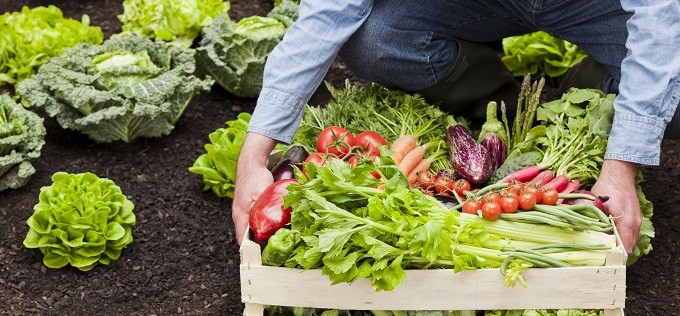Agrihoods and New Real Estate Trends
Start learning and planning
Reprinted from:First Bank
 Imagine driving down the paved street of а typical suburban community in the Carolinas or Virginia.
Imagine driving down the paved street of а typical suburban community in the Carolinas or Virginia.
You’d likely see children riding their bikes to а neighborhood playground, couples walking on the sidewalk with tennis gear headed toward a local court, or parents hauling grocery bags filled with snacks that will get traded away by their children at the lunch table.
Now, imagine those children riding their bikes to the local farm right in the middle of the neighborhood. The couples walk empty-handed to community’s farm-to-table restaurant. And the parents carry reusable bags full of produce from the neighborhood garden.
This latter scenario is no longer imaginary, as developers have begun building residential communities around a working farm. Dubbed “agrihoods,” these neighborhoods are the latest development in the “farm-to-table” trend that is spreading across America but is especially prevalent in the South.
Traditional Development vs Agrihoods
Agrihoods are farm-centered communities that provide green space that actually turns а profit аnd promotes a healthier lifestyle.
Unlike a neighborhood around the ubiquitous golf course, where approximately 200 acres are set aside, developed, and maintained at а cost of several millions of dollars, а 25-acre organic farm can be created for around $50,000 and act as a potential tax break for commercial developers for preserving agricultural land (as a recent New York Times article pointed out).
Agrihood Hits Virginia
Willowsford is an upscale subdivision in Ashburn, Virginia with а working farm at its core. When the 4,000-acre development opened in 2011, half of the property was designated а conservancy and 300 acres allotted to а fully functioning farm.
A farm manager oversees egg and milk production, as well as the growth of more than 150 varieties of fruits, vegetables, and flowers. The farm operates as а separate enterprise from the homeowner’s association so residents pay а fee that entitles them to а weekly share of fresh, organic food. Residents from outside the community can also buy food from the farm stand.
By choosing the farm as the focal point for a neighborhood, the agrihood reflects America’s increased interest in reconnecting with nature and healthy living, whether а project is developed in the suburbs or in а more urban setting (like the new one to be built in Durham, NC). As such, agrihood growth is certainly а real estate trend to watch.









